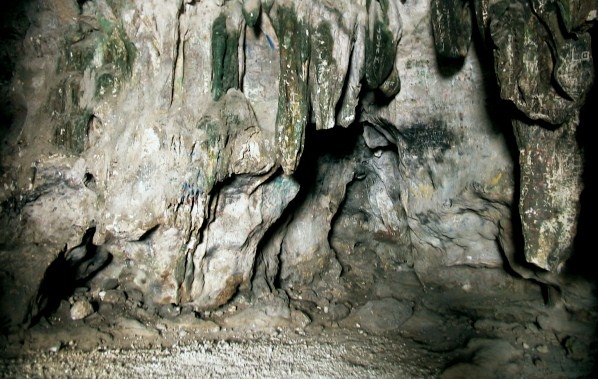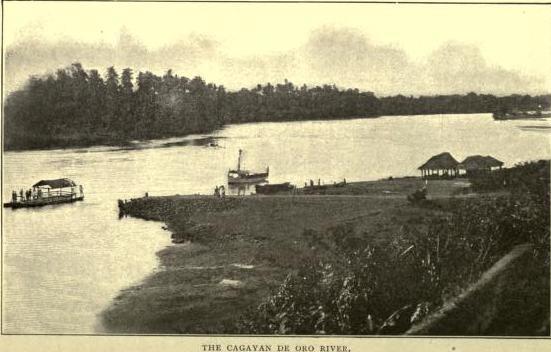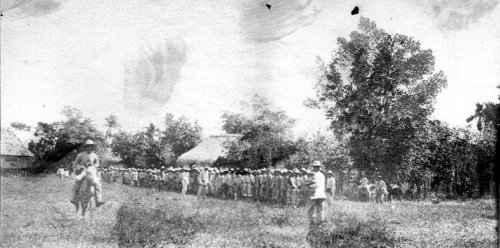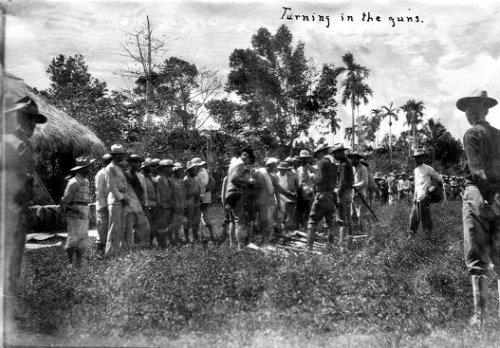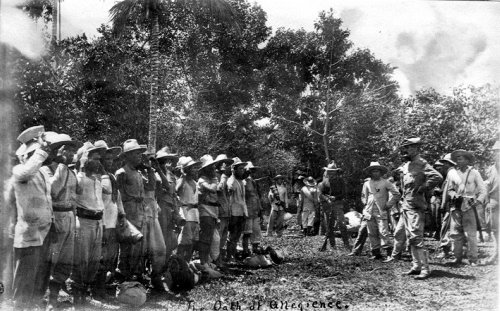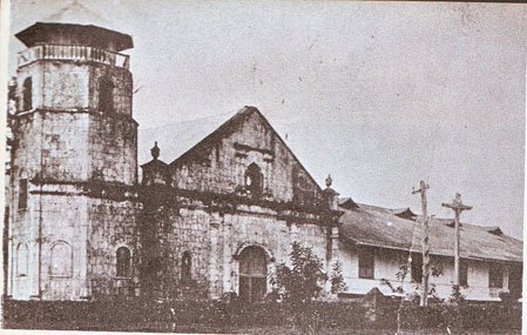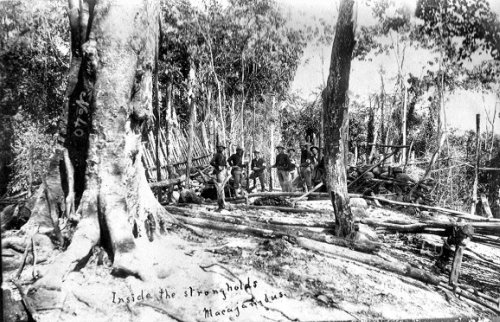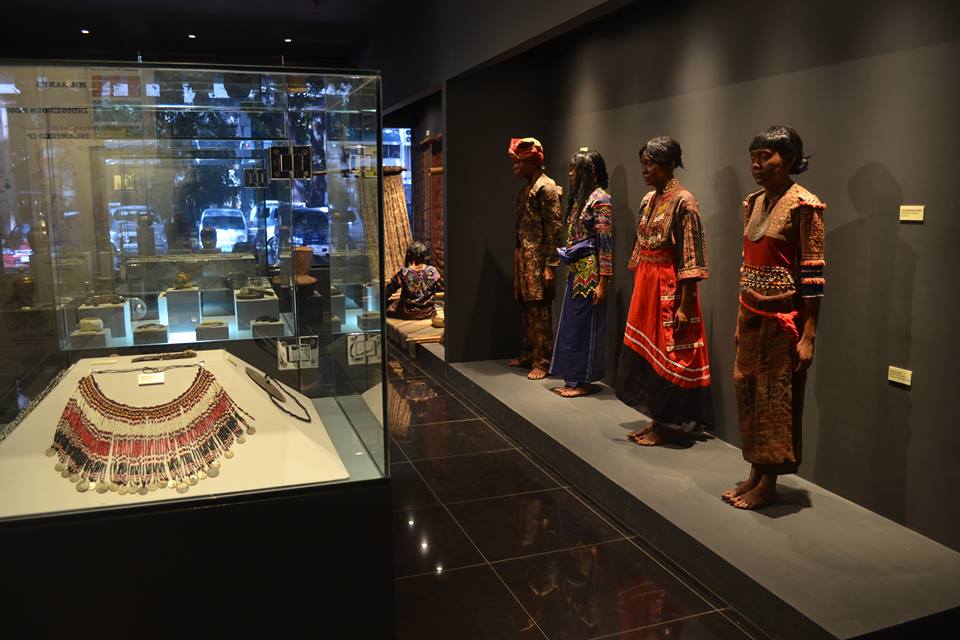History of Cagayan de Oro
In every form of Prosperity, there is a thoroughly structured foundation behind it. Cagayan de Misamis experienced the same and became of what we call today as Cagayan de Oro City, the city of golden friendship.
The origin of the name “Cagayan” came from the Malayo-Polynesian word “ag” which means water. “Kagay”, where the word ag is present means river, and Kagayan means “a place with a river.” While “de Oro” came from the Spanish word “Golden”.
Cagayan de Oro is bordered by the municipality of Opol in the west and Tagoloan in the east. With its utilized area, including the hills of uptown Cagayan de Oro, the Population has been recorded a little over 600,000, gaining the rank of being the 10th most populous city in the country.
As we stroll into this crowded city, we often mention streets and avenues when directing a taxi cab of where to drop us off; Borja, Suniel, Velez, Capistrano, Hayes and a lot more. But most of us went unaware that these family names are connected to the rich history of Cagayan de Oro City by more than just a mere street name. It takes deeper than that, so deep that we can go back on A.D. 377 to discover the early settlement that existed in Cagayan de Oro City.
On 1970, Brgy. Huluga (once known as Himologan), situated eight kilometers into the south of Cagayan de Misamis, a settlement where most natives lived in that time, has been investigated by researchers from the National Museum. They found artifacts and tableware known to be products from neighboring countries, an indication that active cross-country trades are present in the area before.
In one of the caves in the area of Huluga, Sitio Taguanao, Barangay Indahag, a shred of a woman’s skull has been found. This has been a subject for acid racemization and has been sent at the Scripps Institution of Oceanography in La Jolla, California, United States. The result has been found that the skull dated as early as A.D. 377. Thus serves as a valid evidence of the city’s early occupation.
Spanish Arrival
In 1622, two Augustinian Recollect missionaries came to Huluga and did meet the natives. Most of the inhabitants were Polytheistic pagans. Men decked with tattoos and the women are arrayed with ornaments in their body.
In 1626, Fray Agustin de San Pedro of Portugal came into Cagyan de Misamis. He advised Datu Salangsang to relocate his colony near the river, a place where today San Agustin Cathedral and Gaston Park are located. Not long after that, Datu Salansang was baptized, together with his wife and the multitudes that are with them.
The people of Datu Salangsang pay tribute to Sultan Kudarat. But because of Salansang’s conversion to Catholicism, Sultan Kudarat and his squad of brave warriors, with furious resentment, charged to Cagayan to attack the Spanish missionaries. Yet Fray Agustin won’t let Sultan Kudarat’s people just beat them out without a fight. By his invigorated will, he commanded to build a wooden garrison and a watch tower to obstruct the incoming horde of Sultan Kudarat’s warriors. The garrison was then known as Fuerza Real de San Jose. With his valiant effort to defend Cagayan in his utmost strength and intelligence, Fray Agustin was then labeled as “El Padre Capitan”.
Misamis has been declared as a province on 1818. It consist of four districts, one of which is the Partidos de Cagayan. 1871 came, Partidos has been declared as a town and the capital of Misamis. By February of a year after that, Governor-General Carlos María de La Torre announced that Cagayan is the new and permanent capital of Segundo Distrito de Misamis.
Kaptipunan in Mindanao
We have heard about the Kapitunan in our History books, right? But don’t we know that it has been also carried out here in Cagayan? On September 29, 1986, a band of Filipinos has been deported from Luzon to Iligan to perform Military discipline. This group received an information from the Manila Katipunan, and started a revolt against the Spanish troops. They rallied the camps and convents of the Spaniards going to Cagayan de Misamis. With sheer passion, they even go further up into the heights of Bukidnon and back into the bays of Gingoog.
This revolution in Cagayan de Misamis is the only known Katipunan-led insurgence in the whole Mindanao.
Independence from the Spanish Colonization
Finally, on January 10, 1899, 7 months after the official declaration of the Philippine Independence in Kawit, Cavite, the new Philippine flag was raised in the island of Mindanao as Cagayan de Misamis joined the celebration of being independent from the Spanish rule.
After the dark ages of more than 300 years under the Spanish oppression, the Philippines have been handed over by the Spaniards to the Americans in merit of the 1898 Treaty of Paris. This caused an upheaval between America and the Philippines. A new era emerged.
American Colonial Period
Just almost two years after the independence, on March 31, 1900, the Americans started their campaign in invading Cagayan de Misamis. They first attacked the pier in Macabalan. Organized before the attack, the Filipino resistance fighters planned to revenge strategically after the American intrusion in Macabalan.
On April 7, 1900, a force led by General Nicolas Capistrano with the resistance fighters, conducted a surprise attack at dawn. It began when one of Capistrano’s warriors roared as they killed an American guard, which then alerted the American soldiers in their slumber. This clash is widely known as the “Battle of Cagayan de Misamis”. 52 of the Lumad Warriors have been killed in action, 9 were wounded, and 10 were captured. However, the Americans only tallied 4 deaths in their side together with 9 wounded soldiers.
Depicted below are series of pictures of the capture of Capistrano and his men.
This event happened in Gaston Park near the San Agustin Cathedral, an iconic park where history has witnessed bloodshed from the Spanish rule until the American assault. A story that is lost in the memories of the new generation of Kagay-anons.
Other battles are recorded. This includes the battle of Agusan Hill, led by Capt. Vicente Roa y Racines and the memorable battle of Macahambus on June 4, 1900, where it was recorded as the first victory of the Filipino revolutionaries against the Americans.
Though the win of Macahambus Hill is secured, the over-all victory of the Philippine-American war has never been achieved.
Being under the leadership of the United States; improvements in Cagayan de Misamis were enacted, focused on education and commerce.
Cagayan also became the center of migration in Northern Mindanao. The economy ran better than before. A gift that was once resisted by the Kagay-anons, regardless of its pros and cons, has helped them thrive as a community of people in unison.
On May 1, 1942, the Japanese overrun Cagayan de Misamis with brute force, bringing with them the “scorched earth policy”, where they burned the town into ashes, but left the big buildings as their command post. Fearless just like before, Kagay-anon Guerillas retaliated to the vile Japanese soldiers. Yet their efforts were feeble and not strong enough to challenge the more equipped Japanese soldiers.
On October 10, 1944 salvation came, when the Americans flew over Cagayan and bombarded Cagayan de Misamis. This blitz caused the Japanese troops to retreat, completely leaving the area on May 10, 1945.
After the War
When the war ceased, Misamis Congressman Pedro S. Baculio never wasted his time and pressed a request in the Philippine Congress to declare Cagayan de Misamis as a city. With the help of his attempt, on December 17, 1949, Congressman Emmanuel Pelaez presented the House Bill No. 54, an act that confirmed the creation of Cagayan de Oro City. Then on June 15, 1950, President Elpidio Quirino conclusively signed the city charter.
“de Oro” affixed to “Cagayan” based on Congressman Pelaez’s request, in appreciation of the gold mining of the 1500s that were present in the barrios of Cagayan de Oro.
On 1948, the Barrio of El Salvador has been declared as a town. Opol has also been separated and was acknowledged as a town on 1950.
The last Mayor of the municipality of Cagayan de Misamis and first Mayor of Cagayan de Oro City was Max Y. Suniel. We can easily identify a street in Barangay Carmen that has his name on it. The one who succeeded Suniel on 1954 was Justiniano R. Borja. Borja paved the way for the advancement of the city. One of his remarkable feats is the opening of the Cogon Market on 1959. Because of his otstanding performance, Borja is known as the most respected Mayor in the history of Cagayan de Oro City.
The Diocese of Cagayan de Oro has been exalted by Pope Pius XII as an Archdiocese on June 29, 1951. It serves as the first Catholic Archbishopric in Mindanao. Santiago T. G. Hayes, S.J. was the first archbishop.
18 years before this designation of Hayes, he founded Ateneo de Cagayan on June 7, 1933 that was later renamed as “Xavier University” on March 22, 1958. Xavier University is known as the first University in Mindanao.
During the Martial Law era under the governance of President Ferdinand E. Marcos, Cagayan de Oro never lies idle. With its participation in the constant defiance of the dictator’s regime, Cagayan de Oro city became the center of political opposition in the Philippines. The ever-resisting politicians of Cagayan de Oro aided the pursuit for Philippine democracy that peaked at the EDSA revolution in 1986.
One year after that, Benedicta B. Roa was elected as the first congressional representative of Cagayan de Oro after the city became a congressional district in the Congress of the Philippines.
Modern CDeO
All of that made Cagayan de Oro City of what it is today.
We can now clearly see that the street names that we often mention, but we less know about by its origin, are names of the people who defended, improved, founded, and governed our beloved city of Cagayan de Oro. The Parks that we tread today are the center of the battles before, of stationed garrisons, of erected encampments, and of fortresses of old. If we would but know our history in a much deeper sense than we have today, our walks along these landmarks will be much more meaningful than ever before.
The place where people, mostly the youth, congest during Sundays, is the same place where local heroes lived and died, and Cagayan de Oro City is the prize we gained because of their tenacious bravery through the years.
More than any national hero that we idolized and studied repeatedly in our elementary years, the local heroes who have held their ground, who impacted a factor, no matter small it may be as viewed in the history books, is worthy of our attention.
To know more about the traditional cultural heritage of Mindanao, specifically Cagayan de Oro, you can visit Xavier University’s Museo de Oro.
There is so much to learn in our city, there are a lot that has not mentioned here yet. The list can go so long if all credible historical events are recorded. But by these few facts presented, we are awed by how brave and how intelligent the people of Cagayan de Oro before.
In our present time, are we still having that fiery zeal in our hearts that our ancestors hold dear? Does the patriotic fervor that came from our fathers still boils in our veins? Does our mind extensively worked for the labor of immortalizing the sacrifices done in the past? Or have we became cowards, indifferent, and lethargic of everything that we face today?
We will not fear the present or even the future, unless we forget what our fathers have done in the past. In that we have a noble example to adhere.



